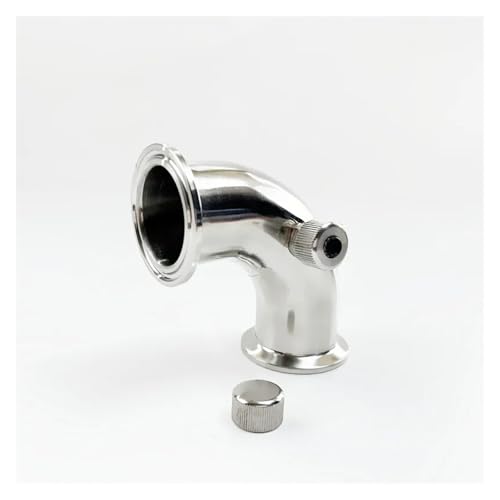Hi.
I've looked around the forum a fair bit and one of the things pretty much all of you seem to stress is a decent fermentation time.* I've got a "Brewferm Tripel" just started, at 25c.
Regarding a second fv, I get the logic of trying to clear out the beer a little more before bottling (all my Brewferms got bottled.) but what are the drawbacks, if any? I naively thought that once the brew reached fg, get it sorted! I imagined that you ran the risk of infections if you leave it for much longer? How can you tell how long is long enough or too long?
I've seen some of you folk talk about another two weeks in a second fv before bottling!? So I've got 2 main questions:
Infections? Is there a risk of this in an fv that isn't ferociously bubbling away on the airlock?
Wort loss, do you lose much in the way of wort at the bottom of the vessels (in processing/bottling)?
I'd be grateful to anyone who could give me more detail into this topic though, or point me to where it's no doubt already been discussed!
Best.
*esp. for bottling...
I've looked around the forum a fair bit and one of the things pretty much all of you seem to stress is a decent fermentation time.* I've got a "Brewferm Tripel" just started, at 25c.
Regarding a second fv, I get the logic of trying to clear out the beer a little more before bottling (all my Brewferms got bottled.) but what are the drawbacks, if any? I naively thought that once the brew reached fg, get it sorted! I imagined that you ran the risk of infections if you leave it for much longer? How can you tell how long is long enough or too long?
I've seen some of you folk talk about another two weeks in a second fv before bottling!? So I've got 2 main questions:
Infections? Is there a risk of this in an fv that isn't ferociously bubbling away on the airlock?
Wort loss, do you lose much in the way of wort at the bottom of the vessels (in processing/bottling)?
I'd be grateful to anyone who could give me more detail into this topic though, or point me to where it's no doubt already been discussed!
Best.
*esp. for bottling...










![BREWING THERMOMETER STICKERS ACCURATELY MONITOR FERMENTING BEER & WINE LIQUID TEMPERATURES 5PCS HOME BREW SPIRITS WINE LCD ADHESIVE [US]](https://m.media-amazon.com/images/I/311DDjo2X3L._SL500_.jpg)





























